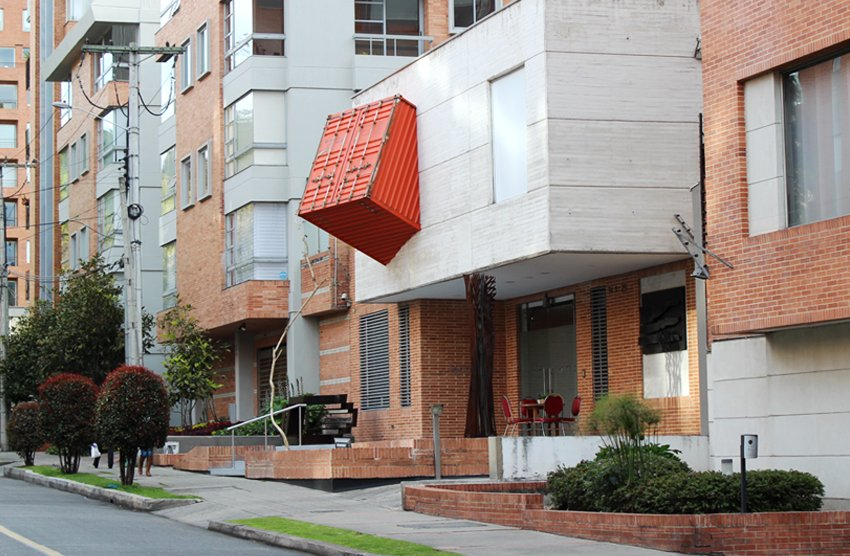Did you know that steel boxes around the sea carry approximately 80% of all goods? 1 Or that more than $4 Trillion worth of products were sent over the oceans in 2017? The video below is really interesting.
People have been transporting cargo by the sea since the beginning of time. The Arabian Sea was the first significant trade route. 2 Back then, and during an extended period of time, the goods traveled in sacks, wood crates, and barrels of many different sizes; workers had to manually load and unload the cargo from the ships while paying the physical consequences.
However, everything changed in 1956, when the former North American truck driver Malcolm Mclean revolutionized the cargo game by stacking 58 metal boxes on a ship that sailed from New Jersey to Houston. The standardized intermodal shipping container was born. Later in 1968, the International Standards Organisation (ISO) standardized this invention and from then on, ships started getting completely re-designed around the dimensions of Mclean’s boxes! 3

Containerization (Containers + Standardization + Globalization) has become the most cost-effective way of transporting consumer goods and commodities cargo over vast distances. Nowadays is more accessible, cheaper, and faster for large companies to manufacture their products on the other side of the world, like Colombia or Bangladesh, because shipping has become so cheap. The global supply chain has lots to thank to Mr. Mclean. According to the Economist, “the shipping container has been more of a driver of globalization than all trade agreements in the past 50 years together.”4
In Bogotá, for example, we can get ready to date someone by using a French perfume and wearing a great-looking Italian suit. Arrive in a German manufactured car to go to a pure Mexican food restaurant, drink ‘gringo’ whisky there, and use Chinese cellphones to order a reefer container full of Spain’s olives; we can also track the olive’s movement using RFID codes and pay via digital transactions. Containers are even artistic and are incrusted in structures as ‘art performances and pieces’.
- 1 – Statista (2022). Container shipping – statistics & facts. Taken from https://www.statista.com/topics/1367/container-shipping/#topicHeader__wrapper
- 2 – North American Marine Environment Protection Association (2018). The History of Maritime Industry. Taken from https://namepa.net/wp-content/uploads/2018/08/Lesson-3-The-History-of-the-Maritime-Industry.pdf
- 3 – IncoDocs (2018). The History of the Shipping Container created in 1956. Taken from https://incodocs.com/blog/history-of-shipping-container-1956-world-trade/#:~:text=The%20intermodal%20shipping%20container%20was,quickly%20and%20efficiently%20as%20possible.
- 4 – The Economist (2013). The humble hero. Taken from https://www.economist.com/finance-and-economics/2013/05/18/the-humble-hero

